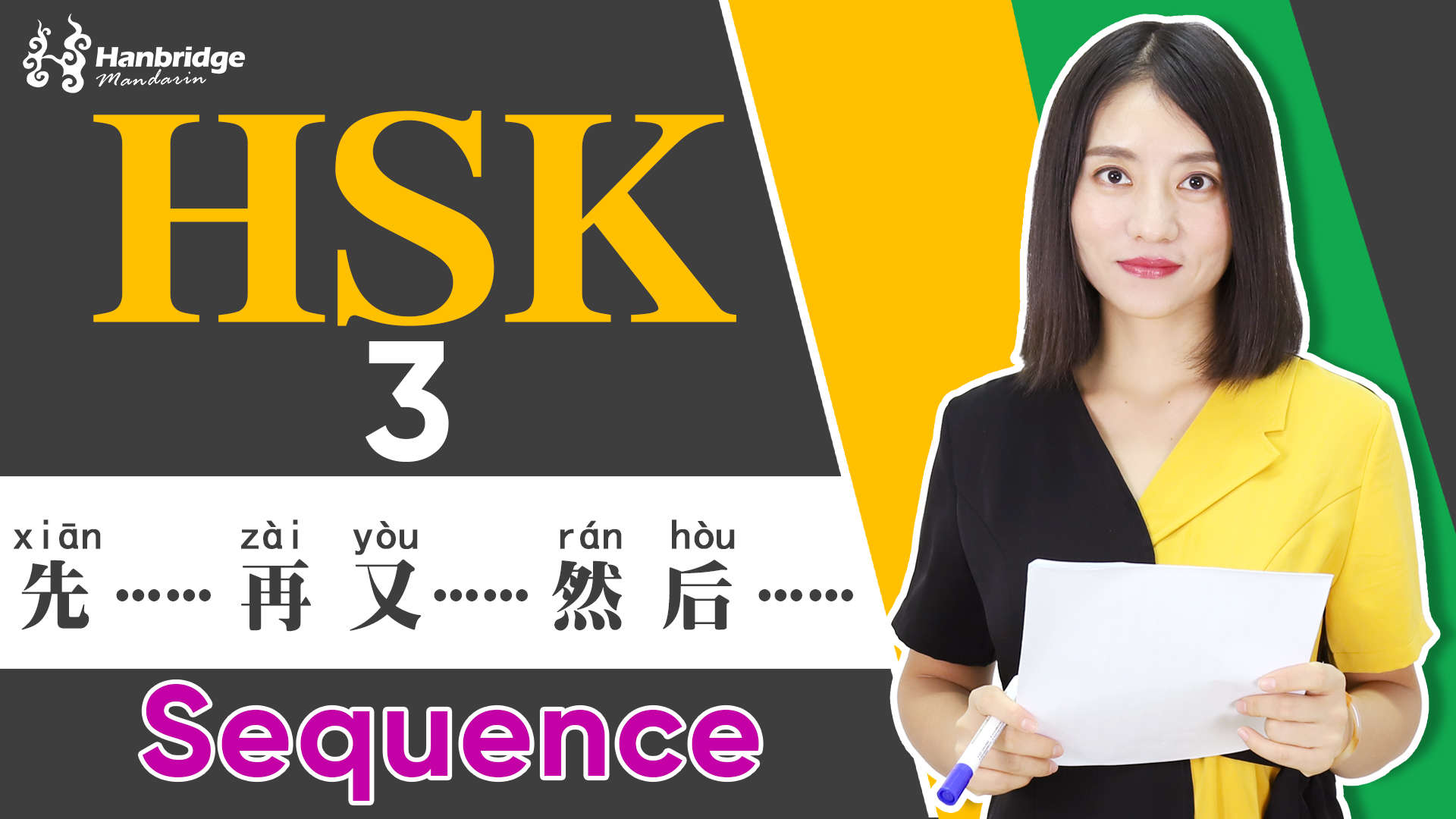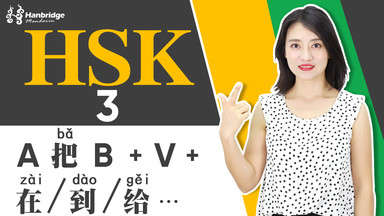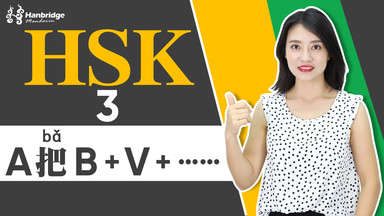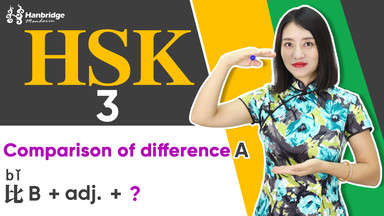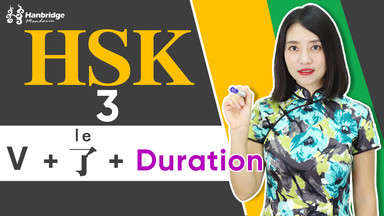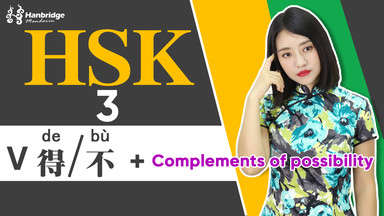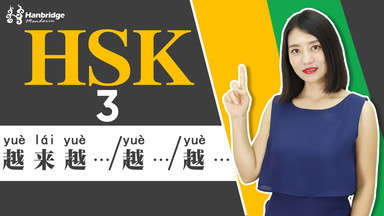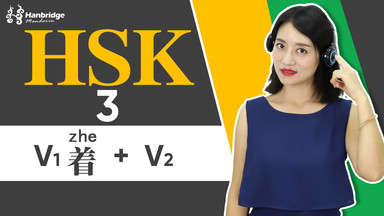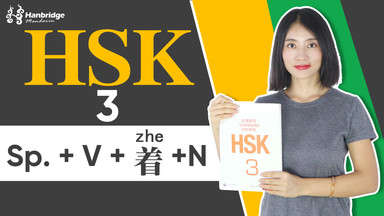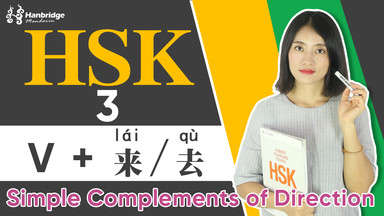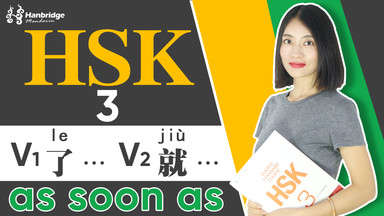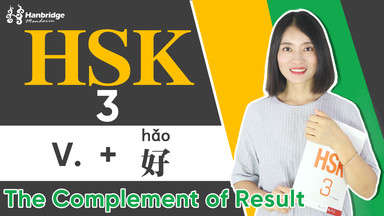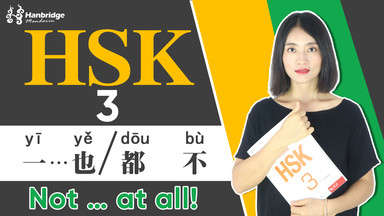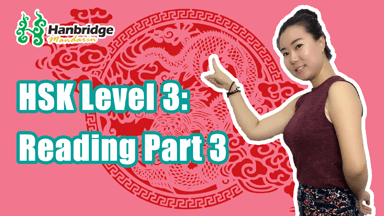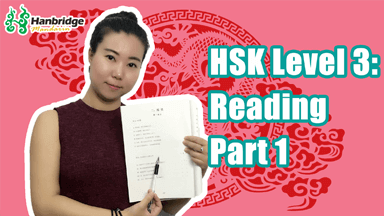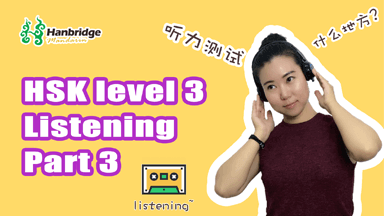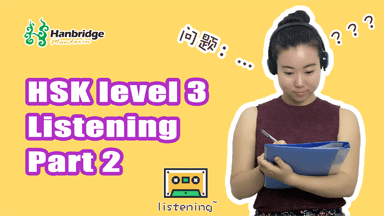HSK 3 Sentence Structure 8
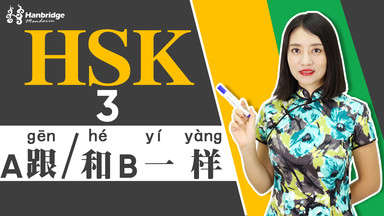

Teacher: Vikki Lv Experience: 4 years
HSK 3 Sentence Structure 8
Teacher : Vikki Lv
你好!我是汉桥的老师,欢迎大家和我们一起学习HSK3.
今天我们学习:
how to indicate the similarity between A and B with the help of the word 一样。
一样means “the same”, so A 跟/和B 一样means A and B are the same.
This structure can take an adj. to indicate the aspect being compared.
And the negative form is to add “不“before“一样”. 不一样。
我们看一下儿例子:
1. 他的车跟我的车一样。
2. 在美国学中文和在中国学不一样。
In this structure, 跟and 和are the same, so we can use either one in all the examples in this video lesson.
If we need to indicate the aspect being compared, we put the adj. after 一样。
比如:
Ben的中文说得跟中国人一样好。
我希望我的中文说得和你的英语一样流利。
In negative sentences, we can put adverbs of degree before 不一样 to strengthen or weaken the degree.
比如:
西方的文化和中国的文化很不一样。
很不一样shows it’s so different, it’s to strengthen the degree.
这件衣服和那件衣服稍微有点儿不一样。
稍微 and 有点儿are both to weaken the degree
我们一起看一下以前的考试题:
1. 如果我喜欢历史跟我喜欢音乐一样该多好。 -H31002
2. 她的习惯和我们不一样,她更愿意去教室。-H31003
3. 儿子十七岁了,长得很快。去年买的裤子,现在已经不能穿了,现在他和他爸爸一样高了。 -H31003
4. 北方和南方的天气不一样。-H31005
好了,你学会了吗?来做一下练习吧:
1. 美国的食物和中国(/)。
2. 她唱歌和跳舞(/)。
3. 10年了,你还是和以前(/)。
你喜欢和我们一起学习吗?If you find it useful, please subscribe and stay tuned.我们下次见!



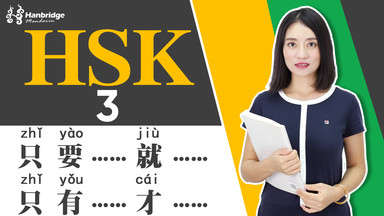



.jpg)
